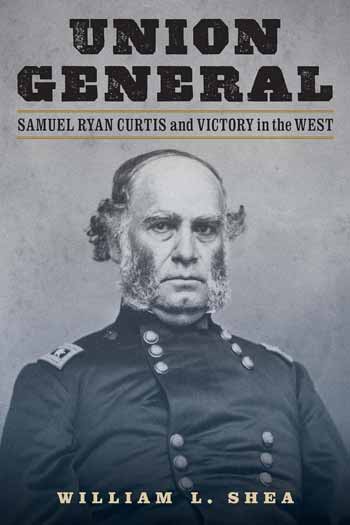Race to the Potomac: Lee and Meade After Gettysburg, July 4-14, 1863 Review

“The work is a good introductory reading in preparation for a quick staff ride to cover the greater region northwest of Washington, DC, excluding Antietam, Gettysburg, or Monocacy.”
“Strong Men of the Regiment Sobbed Like Children”: John Reynolds’ I Corps at Gettysburg on July 1, 1863. Review

“Readers who count themselves among the many Battle of Gettysburg aficionados will find this study of great interest.”
Lincoln Comes to Gettysburg: The Creation of the Soldiers’ National Cemetery and Lincoln’s Gettysburg Address Review

Lincoln Comes to Gettysburg seeks “to tell the story of the interface between the battle, the death and burial of so many young men, the Soldiers Cemetery creation, and Lincoln’s immortal visit.”
Man of Fire: William Tecumseh Sherman in the Civil War Review

“This is for readers who may be familiar with Sherman, and interested in either him or the Civil War, but only in broad strokes.”
Searching for Irvin McDowell: The Civil War’s Forgotten General Review

How could such a pivotal figure fall into such obscurity?
Union General: Samuel Ryan Curtis, And Victory in the West Review

“Shea estimates that this abolitionist fighting officer freed more African Americans from slavery than anyone else, other than Abraham Lincoln.”
27th Connecticut Volunteer Infantry

After a series of Union setbacks in the summer of 1861, it became clear that subduing the Confederacy would not be achieved by way of a single decisive battle. In response, President Abraham Lincoln called for an additional 300,000 volunteers to serve a period of three years.
E Pluribus, Unum: The American Battle Line At New Orleans, 8 January 1815

E Pluribus Unum (“Out of Many, One”), perfectly describes the invincible American defense line, established by Major General Andrew Jackson, which inflicted massive casualties on a powerful British force at the Battle of New Orleans on 8 January 1815.
Cavalry And Armor Art

The origins of the U.S. Army’s mounted forces date back to 12 December 1776, when the Continental Congress authorized a regiment of cavalry.
Tools of War- Messenger Pigeons

The U.S. Army has a long history of employing animals in various missions. From the oxen-drawn sleds of the Knox Expedition dragging cannon from Fort Ticonderoga to Dorchester Heights outside of Boston in 1776, the Camel Corps experiment in the Southwest during the mid-nineteenth century, the Army’s long history with horse cavalry, to the use of dogs in the twentieth and twenty-first centuries, animals and the Army have long been intertwined

